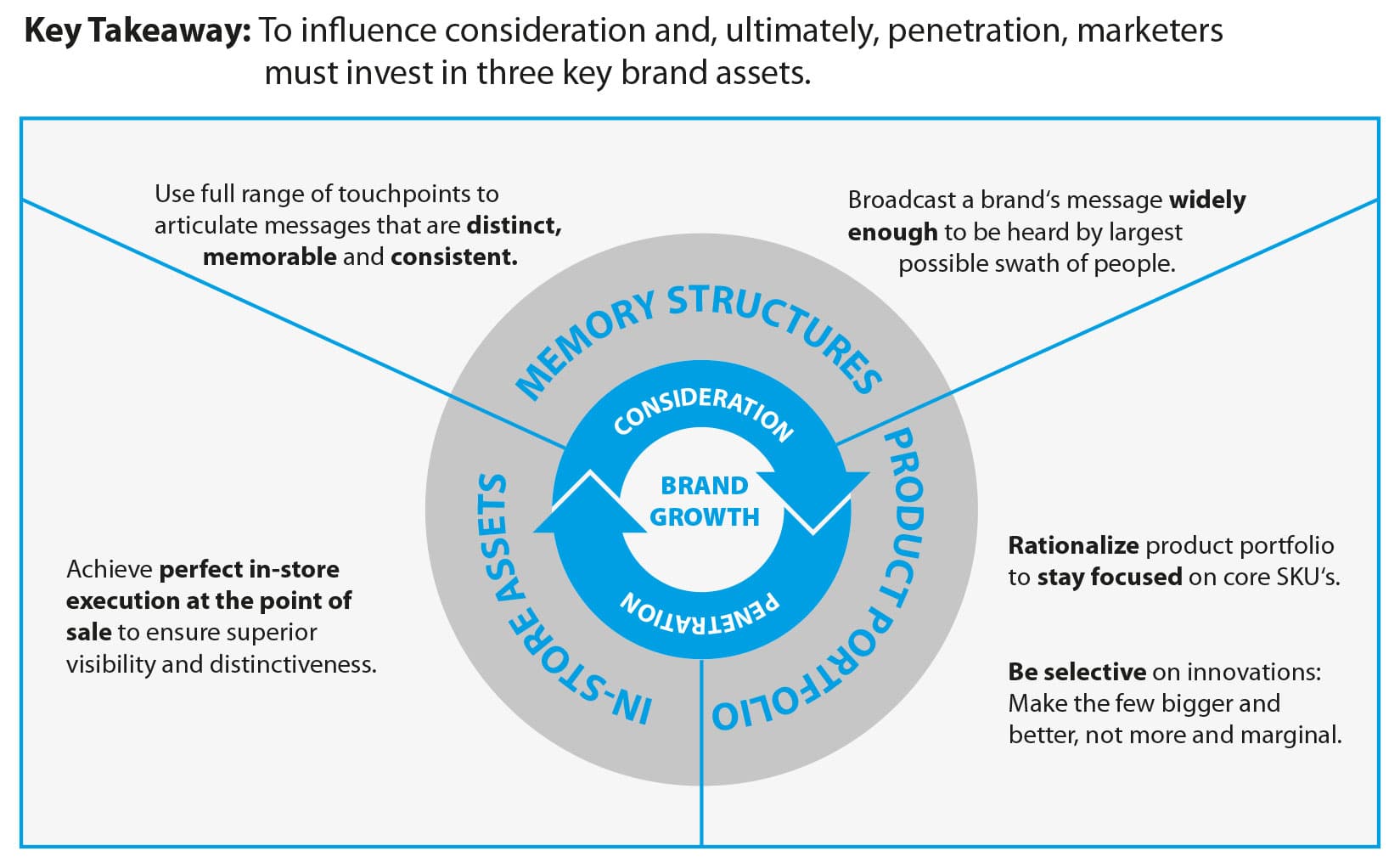Jan Carlzon, President of Scandinavia Airline, wrote a book entitled “Moments of Truth” in 1986. The basic idea of the book is that decisions are like processes that are made up of various critical moments in which the product has to be better than the competition. The most important moments must be identified and occupied, otherwise the product will not be considered by the customer. A.G. Lafley applied the model to Procter & Gamble’s marketing and identified two “moments of truth”. Lafley identified the “first moment of truth” as the moment when the customer stands in front of the shelf and decides on a product (winning at the shelf). The “second moment of truth” is the use of the product at home. By simplifying the highly complex purchasing decision process, Lafley drew marketing’s attention to the two most critical moments in the buying process. Goggle added the term “Zero Moment of Truth” to describe the fact that customers use the internet in the buying process to search for and compare products. In marketing science, the two most important levers for brand growth are: physical availability (path to the consumer) and mental availability (brand prominence, through the development of memory structures and distinctive brand components). In the following diagram, I have combined the “Moments of Truth” model with the most important levers for brand growth.

SOURCES (composition of several models):

